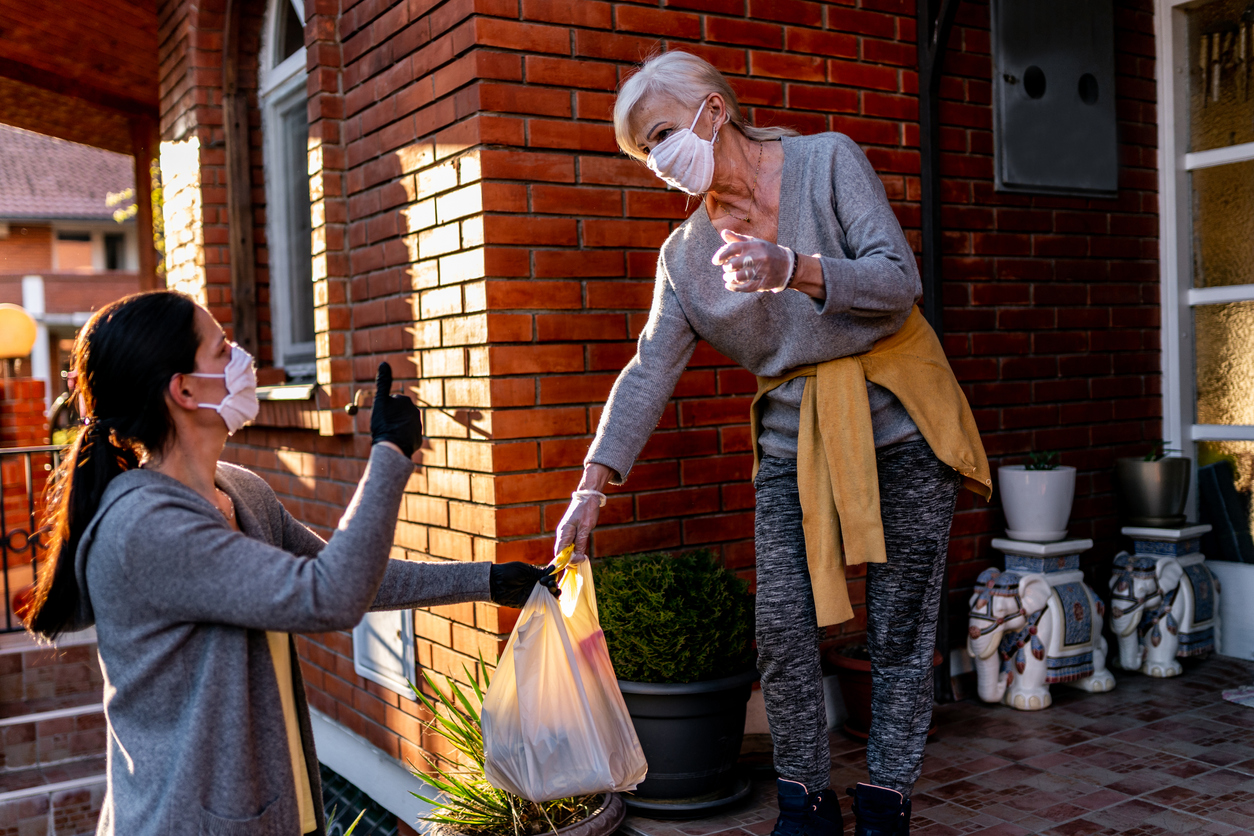In Wales as elsewhere, the role of volunteers has been brought to the fore during the COVID-19 pandemic as people offered their services to help address the needs of vulnerable groups within their communities. Concerns surrounding the sustainability of such volunteering efforts have drawn attention to the types of infrastructure that could help facilitate and retain volunteering activities in a post-COVID Wales to ensure any gaps in provision are addressed.
Whilst the characteristics associated with the propensity to volunteer, such as age, religious participation, urban/rural residence, household income, educational qualifications and marital, parenthood and retirement status, are relatively well understood (see Musick and Wilson for a wider review), there has been comparatively less research on how these types of factors interact with the characteristics of neighbourhoods to influence the extent and type of volunteering activities within local communities.
In previous research, we have explored whether there is a sufficiently large, and consistently available, local volunteering base to draw on when, for example, local authority services such as branch libraries or leisure facilities are partially or permanently closed, and volunteers are needed to help run services.
While some areas initially demonstrate high levels of volunteering effort in response to such changes, factors such as individuals’ health status, fatigue, wider family priorities and other commitments may impact on levels of retention of volunteers.
Findings from the volunteering questions asked in the 2019-2020 National Survey for Wales, have identified characteristics associated with those who formally volunteered within clubs or organisations during the early stages of the COVID-19 pandemic in Wales. Overall, these highlight factors that have been consistently shown to impact on the propensity to volunteer, including higher rates amongst the elderly (65-74), those with good educational qualifications, those with religious faiths, home-owners and those in generally good health.
The survey also found volunteering rates to be higher in some local authority areas (such as Denbighshire or Pembrokeshire) and lower in others (such as Merthyr Tydfil, Rhondda Cynon Taff and Blaenau Gwent).
In a recently published paper, using two cohorts of the National Survey for Wales, we have investigated whether a proxy measure of local volunteering opportunities could be used to capture those geographical factors that may interact with these types of characteristics to impact on the propensity to ‘formally’ volunteer.
This follows on from research conducted in England, for example, that found a positive relationship between the distribution of locally operated charities and the likelihood of formal volunteering after controlling for the effect of the types of individual-level factors identified above. The density of ‘local’ charities that may offer such opportunities has been demonstrated to be higher in the least deprived local authorities of England and Wales albeit with some suggestions that, as the authority becomes more deprived over time, such densities increase.
Our preliminary findings in Wales largely point to the types of overriding individual-level variables associated with the propensity to volunteer as being relatively more important than such contextual influences. However, it is also important to acknowledge differences in the approach taken in our study of variations in volunteering effort, not least at the definitional level (for example, the distinction between formal and informal volunteering and the volunteering activities under consideration), the geographical scale of analysis and the data sets used to estimate the extent of ‘local’ volunteering opportunities.
The difference in findings leads us to call for more research that encompasses a wider range of potential spatial influences so that the impact of such factors on the extent, types, and on-going levels of commitment to volunteering can be more fully understood.
More recently, the findings from a study that has drawn attention to the types of factors associated with different forms of volunteering during the COVID-19 epidemic has reinforced the importance of research that examines the role of demographic characteristics and socio-economic factors alongside those individual-level psychosocial factors known to impact on volunteering rates especially at community levels.
These findings suggest that some of the factors impacting on different types of volunteering activities during COVID-19 may differ slightly to those that were seen to be influential in pre-pandemic times, for example due to limits on parents’ time because of children not being able to attend school or the greater health risks posed for potential volunteers with pre-existing medical conditions.
More research is needed to investigate the impact of such factors on the geography of volunteering activities which, given that digital forms of volunteering have been shown to be a vital component in such efforts during the pandemic, should extend to those areas of Wales with poorer broadband coverage.
Whilst we have attempted to control for socio-economic factors using area-level deprivation measures, more research is needed at a variety of spatial scales to gain a more nuanced understanding of the role of these types of influences on a wider range of volunteering measures that could impact on the sustainability of service provision in a post-COVID Wales.

